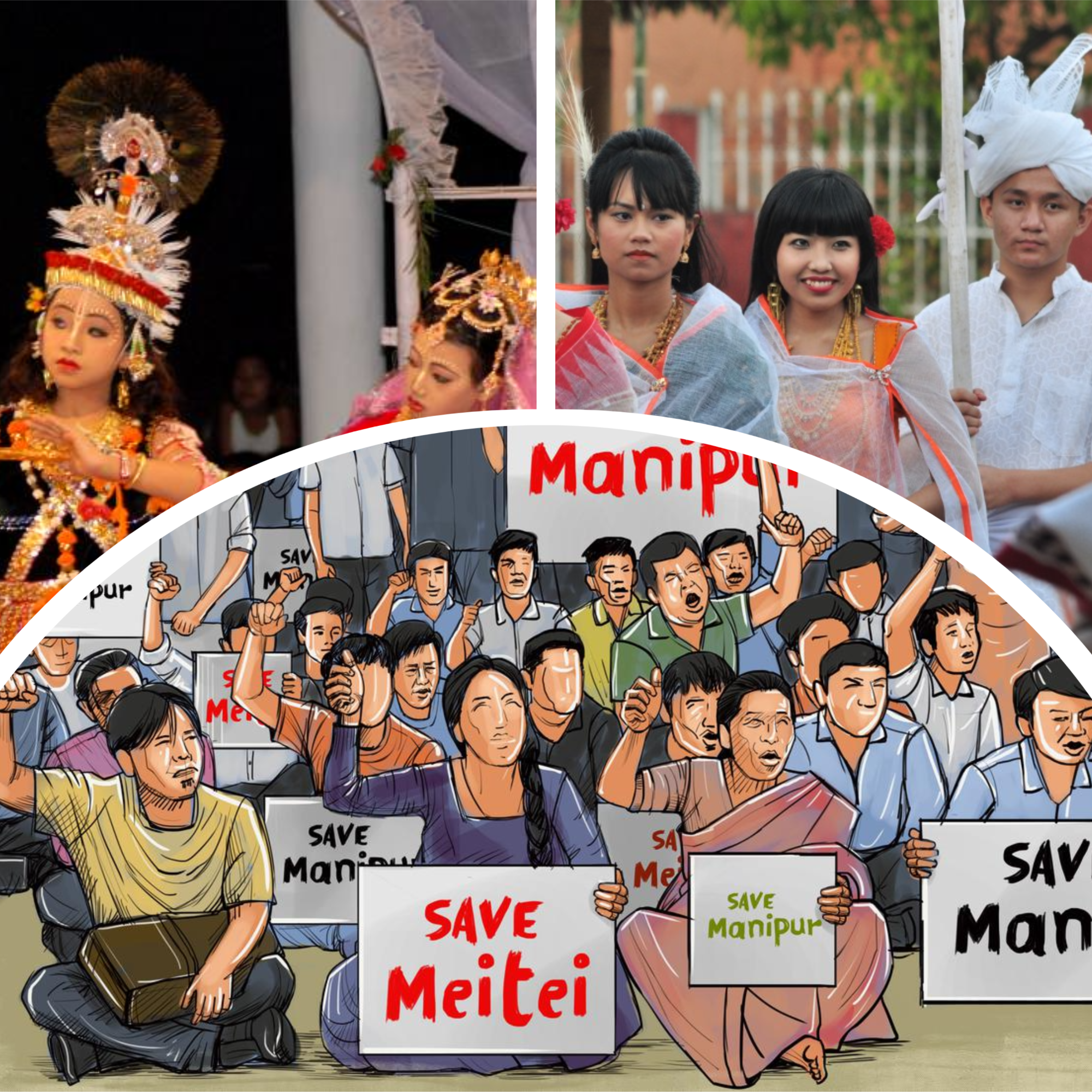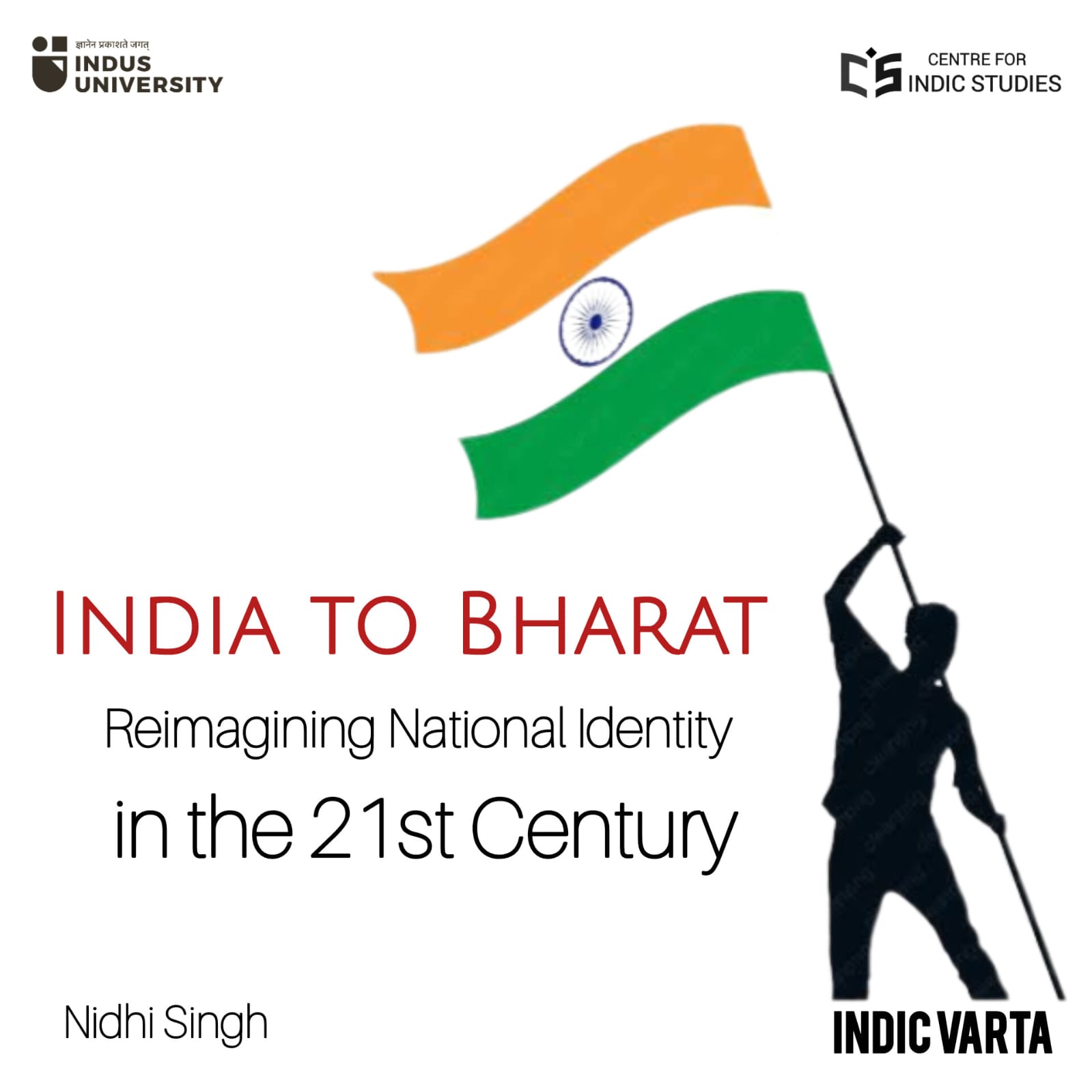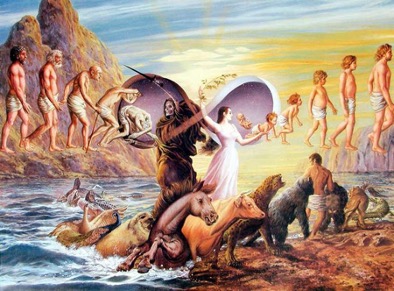- Visitor:54
- Published on:
Meitei Hindus of Manipur – Let’s Save Them!
Every aspect of Manipur’s rich cultural heritage from Manipuri cuisine to Manipuri dance, music and art forms signifies the basic foundational principles and belief systems of the Meiteis that are inseparably associated with Hindu Dharma. The Meitei Hindus need our help at this hour of crisis. They have been ignored for a long time. It is time we understand their precarious situation and make people aware about the same.

Traditionally speaking, the Meitei Hindus of Manipur worship Sanamahi as their Kul-Devata. This practice has co-existed peacefully alongside Hindu Dharma for thousands of years. The oft-heard narratives of the Meiteis being animists and hence not Hindus are completely false and baseless. The term ‘Meitei’ implies ‘people of this country’.In the Sanamahi belief system, there are a number of other Devis and Devatas who are closely associated with the traditional Meitei Hindu way of life. Even today, many Meiteis, especially the older generations among them, worship the Devis and Devatas of the Sanamahi pantheon besides other Hindu Devis and Devatas such as Vishnu, Durga, and Lakshmi.
In fact, every Meitei household has a place for Sanamahi in the south-western corner of their homes, whom they worship every morning and evening with candles and incense. When someone in the family is ill or is going through a difficult phase in life, Sanamahi is worshipped by the eldest woman of the household with offerings of fruits, betel leaves, and sendai khoiru (wax) in front of a clay oil lamp. There are many similarities of religious rites, practices and rituals between Sanamahi and Hindu Dharma. E.g. similar to Ma Durga, the Meiteis worship Panthoibi Ema as the Devi who blesses Her sadhakas with power, valour, and glory.
Draped in the traditional Manipuri attire, She sits on a lion and carries a kalash in one of Her hands, while showering blessings upon Her worshippers with Her other hand. The only difference between Devi Panthoibi and Ma Durga being that unlike Durga, She is unarmed. A famous Manipuri festival called Panthoibi Eratpa or Panthoibi Puja that coincides with Devipaksha (Navratri) or Durga Puja is celebrated every year by the Meiteis in honour of Panthoibi Ema. Again, similar to Ma Lakshmi, the Meiteis worship Emoinu as the Devi of wealth and prosperity. Devi Emoinu is also dressed in the traditional Manipuri attire, covering Herself in a white shawl.

There is also a story of Sanamahi and His younger brother Ibudhou Pakhangba that shares several similarities with the story of Karthik and Ganesh circumnavigating the Universe. When Sanamahi was ordered by His father Atingkok Maru Sidaba to travel across the globe, he proceeded at once. But, as per the instruction of their mother Leimarel Sidabi, Pakhanga followed the footsteps of His father who was himself akin to the Universe. There was an agreement between the two brothers that whoever would first succeed in this endeavour will be offered the throne of the Universe. Small children in traditional Meitei Hindu families still grow up listening to this story from their mothers and grandmothers.
Finally, Pakhangba was rewarded with the throne but, in order to compensate Sanamahi, their father offered Him to be the king of every household of mankind in the Universe. Moreover, as written by TC Hodson in his book The Meiteis, based on a Burmese chronicle, there are several evidences of the existence of a Hindu Kingdom in Manipur as early as the 6th century BC. The oft-heard narrative that Hindu Dharma was introduced in Manipur as late as the 18th century AD during the reign of King Pamheiba is pure propaganda of the Leftist-Missionary combine. These narratives have further weakened the Hindu society from within.

She carries a vessel in one of Her hands while showering gold coins from Her other hand
Meitei Hindus are also devout followers of Gaudiya Vaishnava Dharma. Although the younger generations might have distanced themselves away from it today, but the older generation still carries forward this legacy by following a strict no-garlic no-onion vegetarian diet and religiously wearing the chandan tilak on their foreheads. The Kings of Manipur were also devout Hindus who dealt with an iron hand any unnecessary, outside interference in their Dharma. Chinglen Nongdrenkhomba (1788-1834), also known as Raja Gambhir Singh, introduced the famous Kang Chingba festival or Rath Jatra in 1832 CE when he was the ruler of Kangleipak – the Kingdom of Manipur.

Prior to this, Gambhir Singh had observed this festival in the British district of Sylhet (now in Bangladesh) in 1829 during his stay there on account of the Khasi expedition. He himself was a devout worshipper of Shri Govindajee and several other deities of the Hindu pantheon. Near his residence in Sylhet, three temples were constructed to worship the Meitei Devatas Pakhangba and Nongsaba each, and another one for the Devi Yumjao Lairembi. In the book Khashi Ngampa, it is clearly stated that Gambhir Singh came into conflict with the Muslims of Sylhet when the Nawab of Sylhet Gonar Khan, tried to defer the Rath Jatra festival by one day since it coincided with Muharram.
Although the British Government had accepted Gonar Khan’s request for postponement of the Rath Jatra, Gambhir Singh challenged the order by observing the Rath Jatra as scheduled with the Hindus of Sylhet. At the same time, the Muslims also began celebrating their festival, assaulting the Hindus and dissuading them from taking part in the Rath Jatra celebrations. Raja Gambhir Singh was annoyed. He immediately ordered his soldiers to chastise the Muslims. Accordingly, the Meiteis taught Gonar Khan a good lesson. Muslims were tortured and their homes raided. Gambhir Singh was hailed as a protector of Hindus by the people of Sylhet and the Rath Jatra took place without an iota of protest by any Muslim anymore.
However, the Meitei Hindus have been the victims of gross discrimination in their own lands, all because they never chose to abandon Dharma. Besides Assam and Tripura and Arunachal Pradesh to an extent, Manipur is the only other state in the North-East where Hindu Dharma still survives. Every aspect of Manipur’s rich cultural heritage from Manipuri cuisine to Manipuri dance, music and art forms signifies the basic foundational principles and belief systems of the Meiteis that are inseparably associated with Hindu Dharma. The Meitei Hindus need our help at this hour of crisis. They have been ignored for a long time. It is time we understand their precarious situation and make people aware about the same.
Acknowledgements: A sincere note of thanks to Babeena Laishram, my dear friend, for sharing with me the pictures.
Center for Indic Studies is now on Telegram. For regular updates on Indic Varta, Indic Talks and Indic Courses at CIS, please subscribe to our telegram channel !
- 27 min read
- 0
- 0










